How to Choose the Right Industrial Lighting Fixtures for Your Business Needs
Selecting appropriate industrial lighting fixtures is crucial for enhancing productivity and ensuring safety in various business environments. According to a report by the American Society of Lighting Professionals, proper lighting design can improve worker productivity by up to 20% and reduce workplace accidents significantly. Furthermore, a study by the Department of Energy highlights that energy-efficient lighting solutions can save businesses up to 60% on their lighting costs. With numerous options available, from LED to fluorescent, making informed decisions about industrial lighting fixtures not only optimizes operational efficiency but also aligns with sustainability goals. Understanding the specific needs of your facility and incorporating the latest lighting technologies can lead to a safer, more productive, and cost-effective work environment.
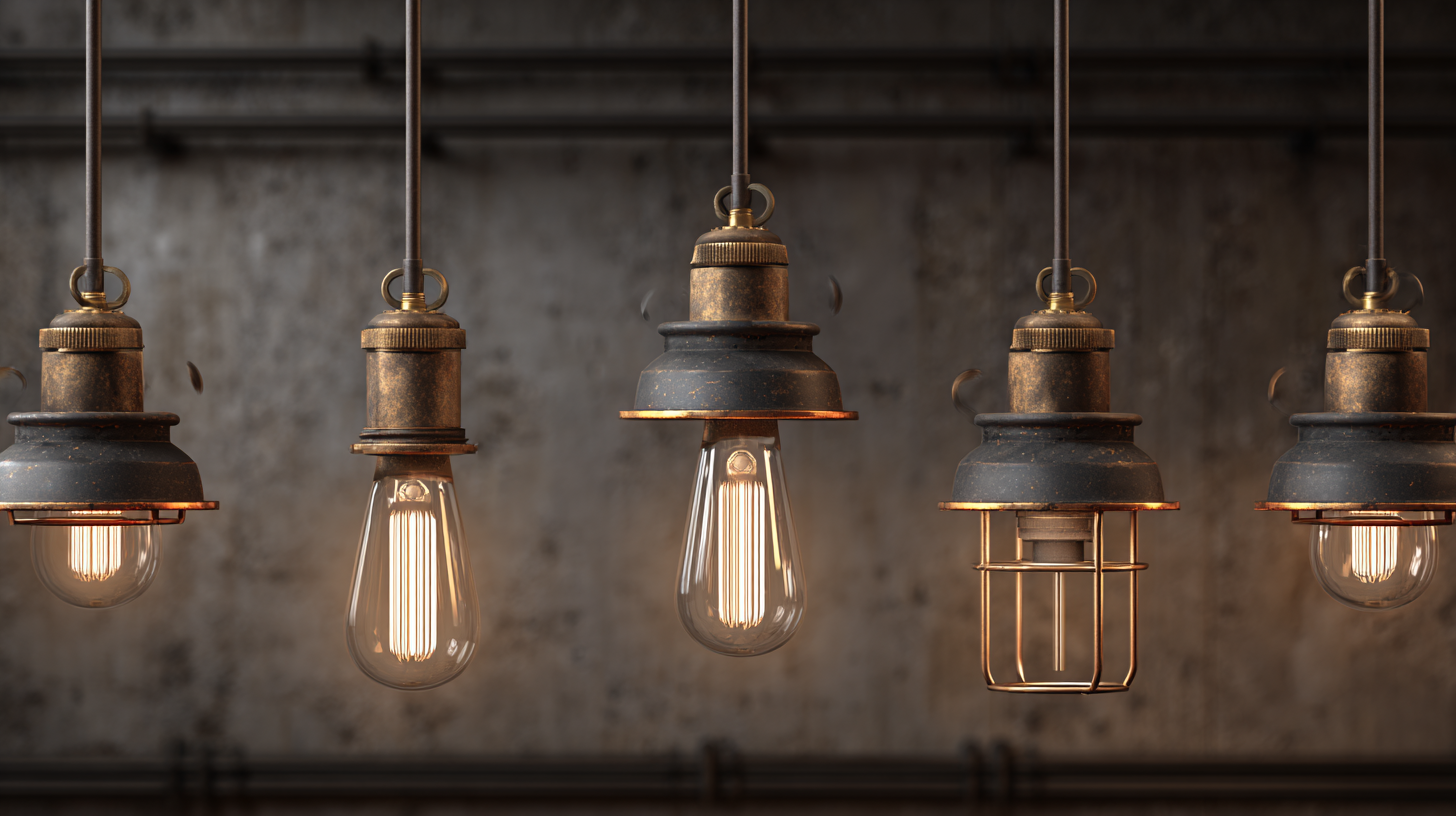
Understanding Your Specific Industry Lighting Requirements
When choosing the right industrial lighting fixtures, it is crucial to understand the specific lighting requirements of your industry. For instance, the poultry industry heavily relies on efficient and effective lighting solutions to enhance production. LED bulbs have emerged as a preferred option due to their energy-saving capabilities, which not only reduce operational costs but also provide a spectrum of light that supports poultry health and growth. As this industry increasingly embraces sustainable practices, lighting choices that minimize energy consumption are essential.
In addition to agricultural applications, different industries have unique lighting demands that should be considered. For example, the studio lighting sector often prioritizes factors such as color accuracy and intensity control, enabling designers to create the desired atmosphere for their projects. Recent advancements in lighting technology also highlight the importance of smart lighting systems that can automatically adjust intensity based on environmental conditions. These innovations underline the significance of conducting a thorough assessment of industry-specific needs when selecting lighting fixtures, ensuring that businesses not only meet their operational goals but also contribute to sustainability efforts in their respective fields.
Understanding Industrial Lighting Requirements by Industry
This chart illustrates the recommended lumens per square foot for different industries, highlighting the specific lighting needs based on the working environment.
Evaluating Different Types of Industrial Lighting Fixtures
When evaluating different types of industrial lighting fixtures for business needs, it’s essential to consider various factors including the specific environment, energy efficiency, and overall functionality. Industrial facilities often require robust lighting solutions that can withstand harsh conditions, whether in manufacturing, warehousing, or retail spaces. Options such as LED fixtures, fluorescent lamps, and high-intensity discharge (HID) lights each offer unique benefits and should be weighed according to their suitability for the tasks at hand.
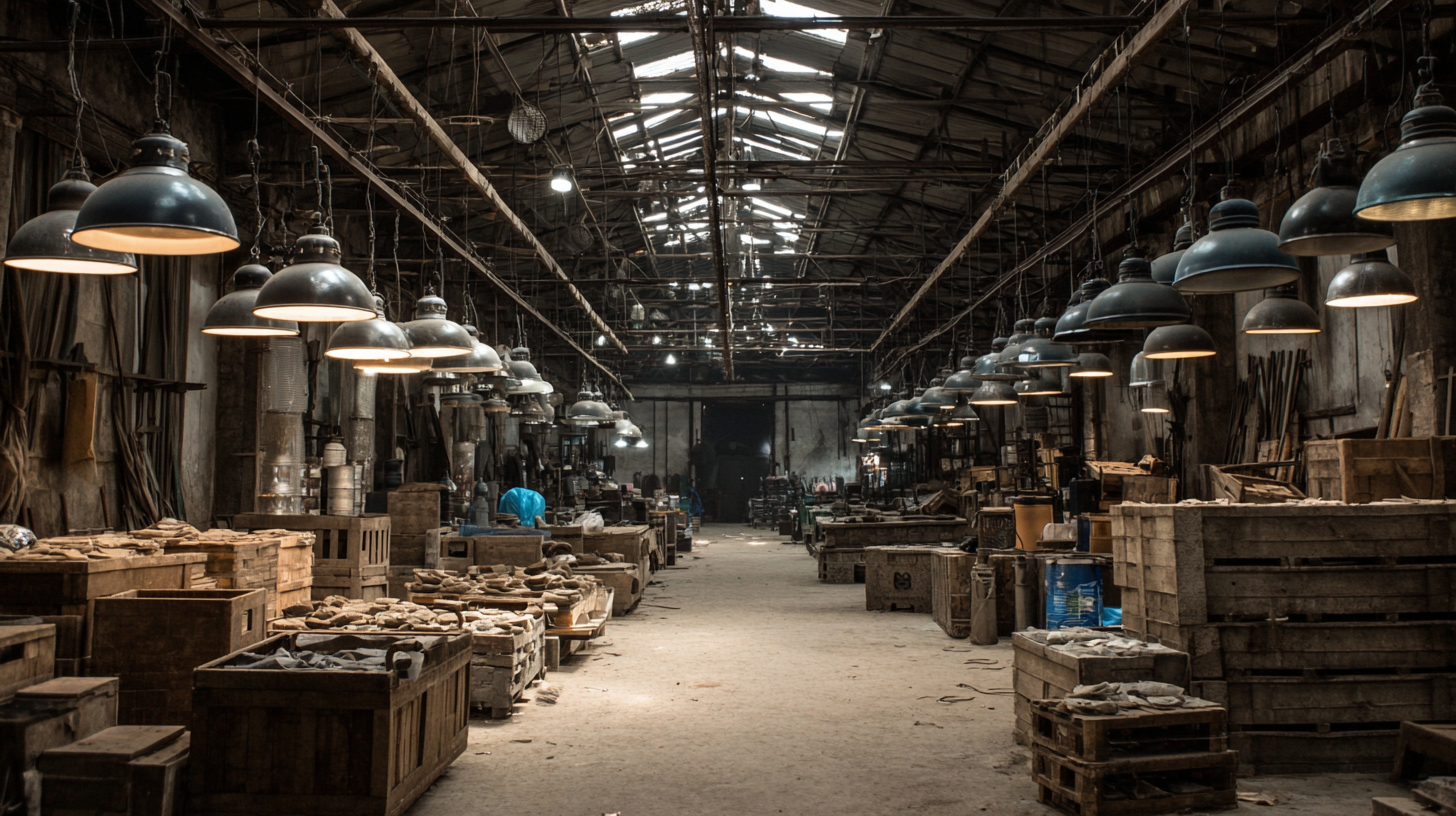
Moreover, integrating daylighting with electric lighting can improve energy efficiency and enhance the lighting quality in workplaces. Lessons learned from international case studies highlight the effectiveness of this approach, revealing that strategic combinations of natural and artificial light can lead to significant cost savings and improved employee productivity.
It’s also important to evaluate the environmental impact of chosen lighting technologies, as advancements in LED production have shown potential in reducing waste and improving sustainability in industrial lighting design.
Assessing Energy Efficiency and Cost Considerations
When choosing industrial lighting fixtures, assessing energy efficiency is crucial for optimizing operational costs. Energy-efficient lighting options, such as LED fixtures, consume significantly less power compared to traditional incandescent or fluorescent lights. This reduced energy consumption not only lowers electricity bills but also decreases the environmental impact of your operations. Implementing such fixtures can lead to substantial savings over time, making them an economically smart choice for businesses focused on sustainability and cost management.
In addition to energy efficiency, it is essential to consider the upfront costs and long-term savings associated with different lighting options. While LED fixtures may have a higher initial purchase price, their longevity and lower maintenance costs often offset this expense. For example, LEDs typically last up to 25,000 hours or more, which minimizes the frequency of replacement and reduces labor costs. Conducting a thorough life-cycle cost analysis can help businesses make informed decisions, balancing initial investments with anticipated savings over time. This strategic approach ensures that the chosen industrial lighting fixtures align with both budget constraints and efficiency goals.
How to Choose the Right Industrial Lighting Fixtures for Your Business Needs - Assessing Energy Efficiency and Cost Considerations
| Lighting Fixture Type | Wattage (Watts) | Luminous Output (Lumens) | Energy Efficiency (Lumens/Watt) | Average Lifespan (Hours) | Initial Cost ($) | Annual Energy Cost ($) |
|---|---|---|---|---|---|---|
| LED High Bay | 150 | 20,000 | 133.33 | 50,000 | 150 | 180 |
| Fluorescent Troffer | 50 | 4,000 | 80.00 | 20,000 | 50 | 65 |
| Metal Halide | 400 | 35,000 | 87.50 | 15,000 | 300 | 360 |
| HID Floodlight | 250 | 20,000 | 80.00 | 10,000 | 200 | 250 |
Considering Environmental and Safety Standards for Lighting
When selecting industrial lighting fixtures, it is crucial to consider environmental and safety standards to ensure compliance and enhance workplace efficacy. According to the U.S. Department of Energy, proper lighting can reduce energy consumption by up to 75% when using LED fixtures compared to traditional lighting options. Furthermore, the Occupational Safety and Health Administration (OSHA) stipulates that adequate illumination is essential for safety, recommending specific minimum lighting levels depending on the workspace type. For instance, general industrial areas require at least 10 foot-candles, while more intricate tasks may require as much as 50 foot-candles.
Furthermore, integrating smart lighting controls can provide both operational and environmental benefits. Smart systems allow for adjustable lighting based on occupancy and natural light levels, thereby reducing energy use and costs. Research indicates that facilities using such systems can see a return on investment within 2-5 years, making them a viable option for environmentally conscious businesses aiming to adhere to both regulatory standards and best practices in workplace safety.
Choosing the Right Controls and Automation for Industrial Lighting
When it comes to industrial lighting, choosing the right controls and automation is crucial for optimizing efficiency and ensuring safety in the workplace. According to the U.S. Department of Energy, implementing advanced lighting controls can lead to energy savings of up to 60%. These systems allow businesses to adjust lighting based on occupancy and natural light availability, significantly reducing power consumption and operational costs.
Tips for choosing the right automated lighting controls include assessing your facility's specific needs and considering options such as motion sensors, timers, and daylight sensors. For instance, motion sensors can automatically turn off lights in unoccupied areas, further enhancing energy efficiency. Additionally, smart controls can integrate with building management systems, providing real-time data on energy usage and allowing for adjustments based on usage patterns.
Another key aspect is ensuring that the lighting system is adaptable to future technology advancements. The global industrial automation market is projected to exceed $200 billion by 2025 (MarketsandMarkets), highlighting the importance of investing in scalable lighting control solutions. Opting for systems that can be easily upgraded will ensure that your facility stays competitive and continues to benefit from energy-efficient practices.
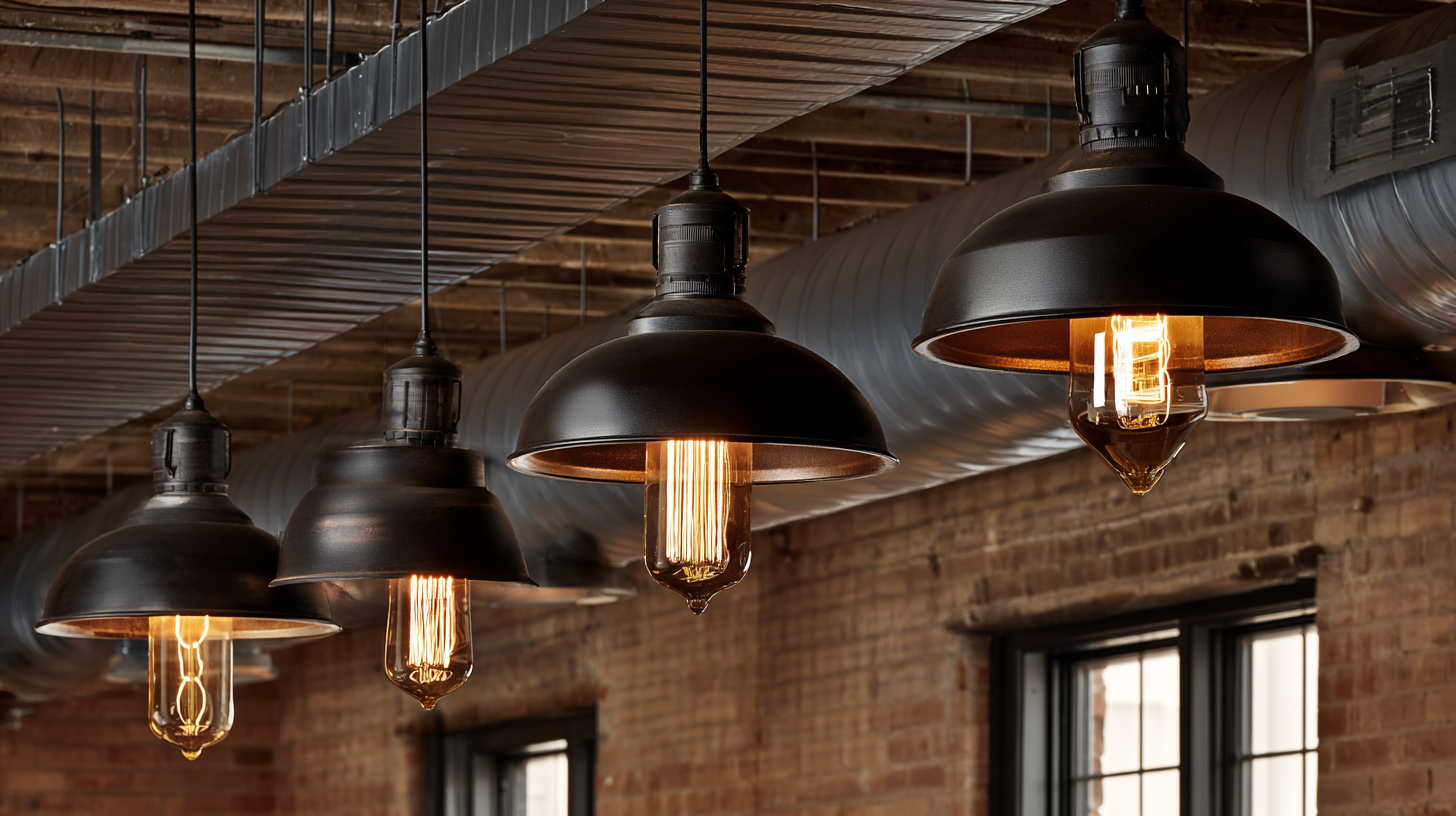
Related Posts
-
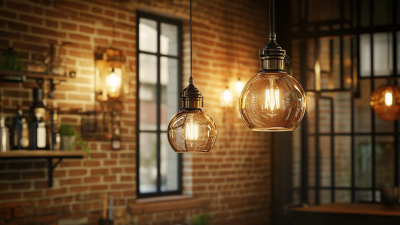
Challenges in Sourcing Quality Industrial Lighting Fixtures Amid Global Variability
-
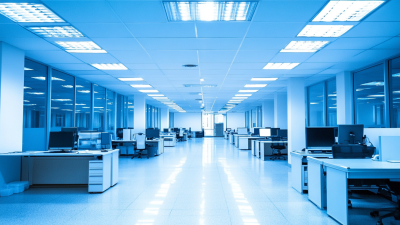
Exploring the Advantages of Different Best Commercial LED Fixtures: Versatility and Performance Insights
-
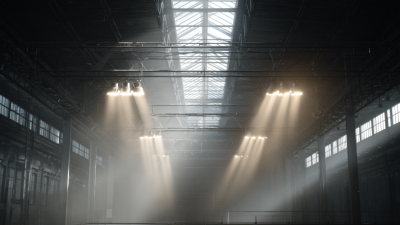
7 Essential Tips for Choosing the Best Industrial Lighting Solutions
-
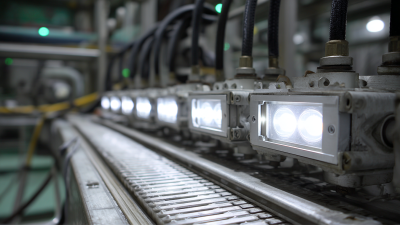
Top Strategies for Choosing the Best Explosion Proof Led Lights for Industrial Use
-
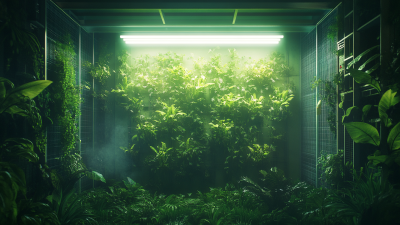
Innovative Approaches for Your LED Bulb Needs
-
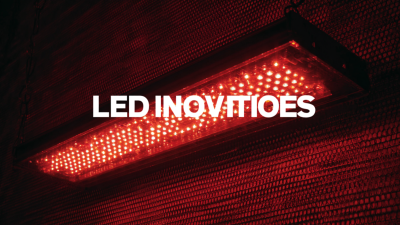
2025 Industry Innovations: The Ultimate Guide to the Best LED Fixtures for Future Lighting Solutions
Quality Commercial LED Lighting specializing in LED Tubes, LED Bulbs, LED Troffers, LED Door Kits, LED Retrofit Kits, LED Panels, LED Spot Lights, LED Wall Packs, LED Lamps, LED Drivers, LED Accessories, LED Lights, LED Sales, and LED Manufacturing. Headquartered in Atlanta, Georgia, USA.
